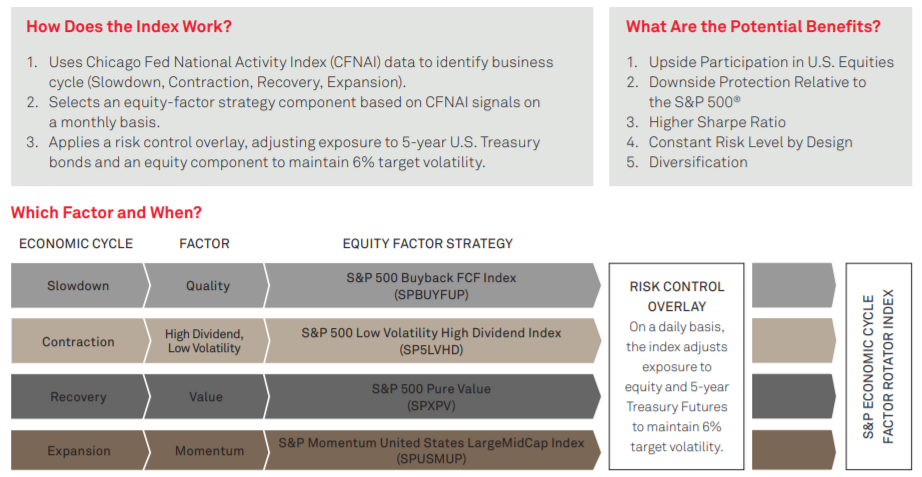Could incorporating earnings quality and liquidity improve risk/return in small-cap equities?
- Why is the S&P Global SmallCap Select Index Series being introduced now?
Prior research has demonstrated that profitability matters for small-cap companies in the U.S.1 The S&P SmallCap 600®—which includes earnings eligibility criteria— has outperformed the broader Russell 2000 Index by 2% annualized since its inception 24 years ago. Our new S&P Global SmallCap Select Index Series extends our research to global equity markets where we have found that a similar effect exists. By screening out unprofitable small-cap companies from the benchmark, we can improve risk-adjusted returns, while introducing relatively minimal tracking error (see Exhibit 1).
Sign up to receive updates via email
Sign Up
2. What are the key benefits of the S&P Global SmallCap Select Index Series?
Improved Long-Term Total Returns: Excluding companies without a track record of generating positive earnings has historically led to improved long-term performance in global small-cap equities. The indices have typically outperformed in down cycles and underperformed slightly in up cycles.
Reduced Risk: The indices have provided a smoother ride in the small-cap space. Volatility, beta, and drawdowns have been lower relative to conventional small-cap benchmarks.
Low Tracking Error: The indices have historically had low tracking error relative to conventional small-cap benchmarks.
Enhanced Liquidity: By eliminating the 20% least liquid and 20% smallest securities in each country, the index liquidity profile is improved, without introducing any significant geographic biases.
3. What indices are included in the S&P Global SmallCap Select Index Series?
We currently offer the regional indices shown in Exhibit 2. However, we are continuing research on additional regional and country indices and can expand this concept to other markets based on client demand.














































